- More More
- Blog
- Inspire me
- Groups
- Offers More
- Dive Courses More
- Liveaboards
More

Liveaboard Trips
On-board accommodation offering the opportunity to live right over the dive sites and to experience secluded dives...
Diving regions...
- LATEST AVAILABILITY BY REGION
- Red Sea availability
- Maldives availability
- Indonesian availability
- Socorro Mexico availability
- Galapagos availability
- ALL LIVEABOARD DIVING REGIONS
- Bahamas
- Bikini Atoll
- Caribbean
- Cocos Island
- Destinations
MoreDIVING REGIONS...
Our Top destinations....Why not try....
Find a trip
- Resort
- Liveaboard
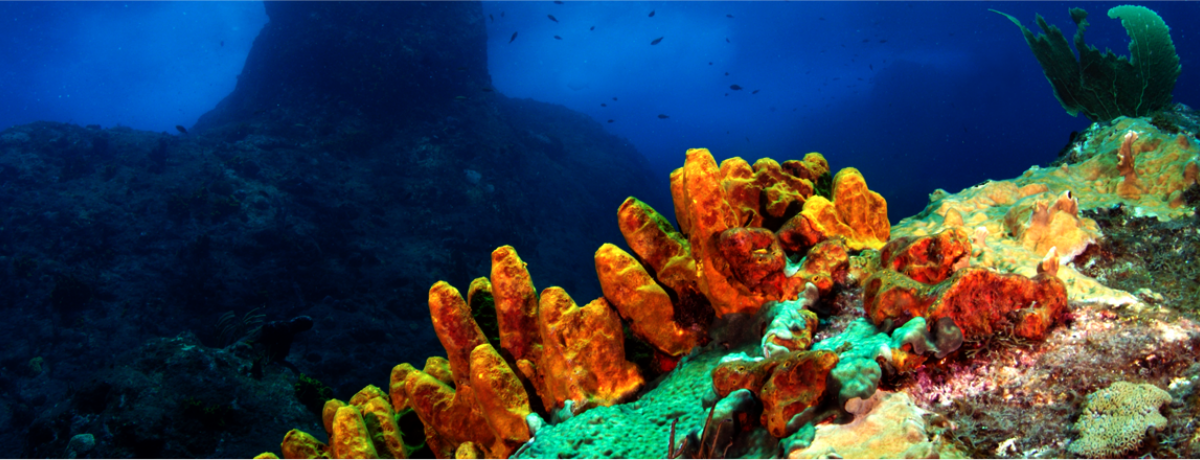
Liveaboards
Imagine waking up next to a remote reef, dropping over the side after breakfast, descending into clear warm waters amongst a vast variety of corals and marine life, soaking up the sun whilst cruising to the next site and returning from a night dive to a welcoming meal. Liveaboards give you the opportunity to live right over the dive sites and to experience secluded dives that are not normally available to day-boat divers.
Search LiveaboardsOur top liveaboard diving regions
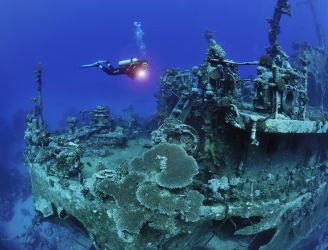
Red Sea Liveaboards
Regaldive offer a range of liveaboard itineraries in the Red Sea, giving you a wide variety of diving options, depending on y...
VIEW DETAILS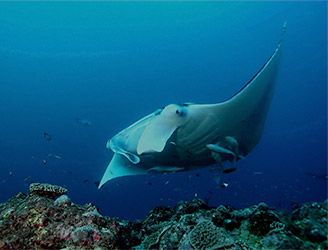
Maldives Liveaboards
Diving in the Maldives is influenced by the seasons. Liveaboards take divers to the very best sites for the time of the year.
VIEW DETAILS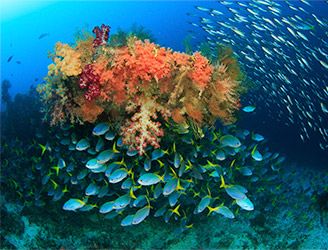
Indonesian Liveaboards
A word from the wise… Diving in these areas is often undertaken in remote locations. Some of the dives can be quite challen...
VIEW DETAILSExplore Our Other Liveaboard Regions
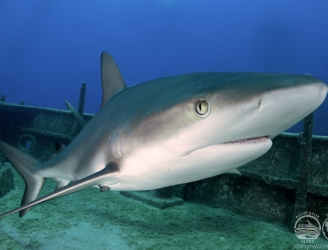
Bahamas Liveaboards
With the third largest barrier reef system in the world and over 700 islands and cays, the Bahamas covers a vast 470,000km² ...
VIEW DETAILS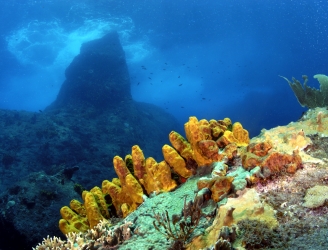
Caribbean Liveaboards
The North Eastern Caribbean is an intriguing area offering a blend of Dutch, British, French and native cultures on some of t...
VIEW DETAILS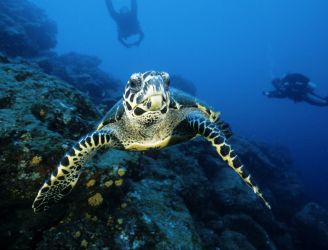
Cocos Island Liveaboards
Cocos Island is a lush, green uninhabited island resting 340 miles off Costa Rica's Pacific coast. Rocky pinnacles surroundin...
VIEW DETAILS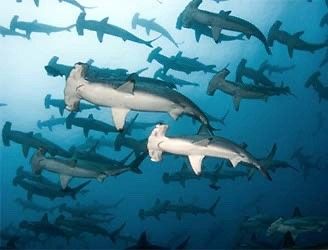
Galapagos Liveaboards
The Galapagos Islands lie on the equator 600 miles off the coast of Ecuador. Evolved over millennia and isolated from any con...
VIEW DETAILS
Guadalupe Island Liveaboards
Guadalupe Island is a volcanic island 150 miles off the west coast of Baja California and outperforms every other great white...
VIEW DETAILS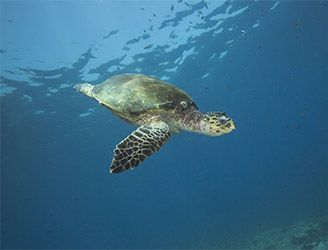
Oman Liveaboards
Discover the extensive reefs of southern Oman and the Hallaniyat Islands! Departing from Mirbat’s small harbour, the itiner...
VIEW DETAILS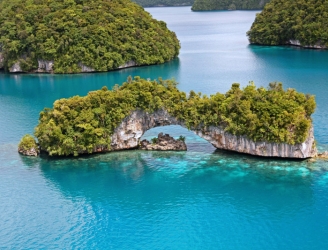
Palau Liveaboards
Consistently ranked as one of the world's most spectacular dive destinations, Palau is the ultimate paradise for the adventur...
VIEW DETAILS
Philippines Liveaboards
The Philippines is an island nation located in Southeast Asia, with Manila as its capital city. The Philippine archipelago co...
VIEW DETAILS
Socorro Islands Liveaboards
The wild, remote and exhilarating Socorro Islands, Mexico are famous for their big animal encounters.
VIEW DETAILS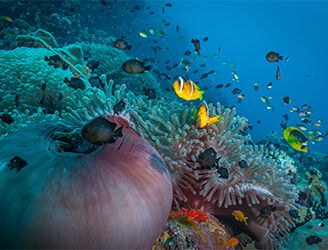
Sudan Liveaboards
Many of Sudan’s varied dive sites hold an almost mythical status with divers from around the world. A few of them are steep...
VIEW DETAILS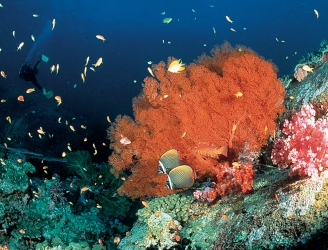
Thailand Liveaboards
The Similan Islands are located 100km Northwest of Phuket and are best dived by joining a liveaboard out of Phuket. With snow...
VIEW DETAILS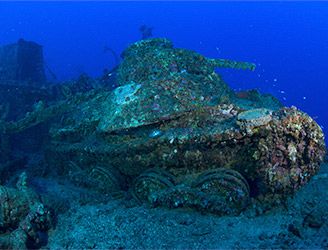
Truk Lagoon (Chuuk) Liveaboards
Chuuk State consists of 11 mangrove fringed islands in the Chuuk Lagoon – known to divers worldwide as Truk Lagoon. This is...
VIEW DETAILS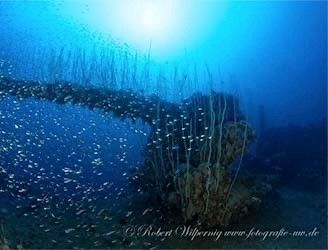
Bikini Atoll Liveaboards
Join a liveaboard expedition diving the wrecks of Bikini Atoll. This is the destination for wreck and technical divers with U...
VIEW DETAILS


